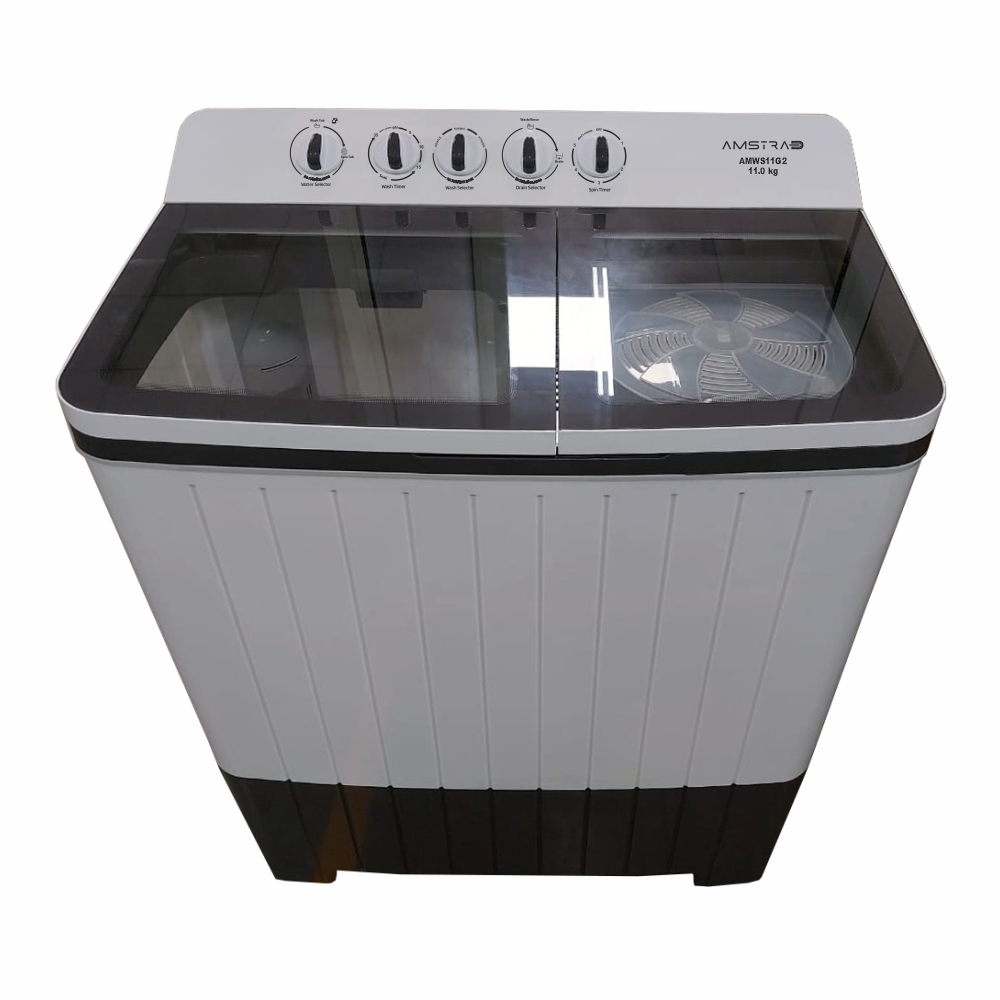A washing machine not filling with water can be a frustrating experience, halting laundry chores and disrupting daily routines. Understanding why this issue occurs and knowing how to fix it are essential for any homeowner. Various factors can contribute to a washing machine failing to fill with water, from simple issues to more complex mechanical failures. This article explores the common causes of this problem and offers practical solutions to help you get your washing machine back in working order.
Checking the Basics
Power Supply Issues
Before diving into potential mechanical issues, it’s essential to check the basics. One common reason why a washing machine might not fill with water is related to power supply problems. You should ensure that the machine is properly plugged in and that there are no issues with the power outlet. If you have plugged the washing machine into a surge protector, try bypassing it by plugging it directly into the wall socket.
If the machine still does not function, check the circuit breaker. Sometimes, overloading the electrical system can trip a breaker. If you find that the circuit has been tripped, reset it and see if power is restored to the appliance. If the washing machine powers on but fails to fill with water, the issue may lie elsewhere.
Water Supply Connection
The water supply is another basic yet vital factor to examine when troubleshooting a washing machine that isn’t filling. You should ensure that you turn on the water valves connected to the washing machine. You can typically find these valves behind the appliance, and they are usually colored blue for cold water and red for hot water.
If the valves are open and water is still not flowing, check the hoses connecting the machine to the water supply. Look for kinks, twists, or blockages in the hoses that may prevent water from flowing freely. Additionally, inspect the hoses for leaks or signs of wear, as damaged hoses may also affect performance. Addressing these simple issues can often resolve the problem without needing further intervention.
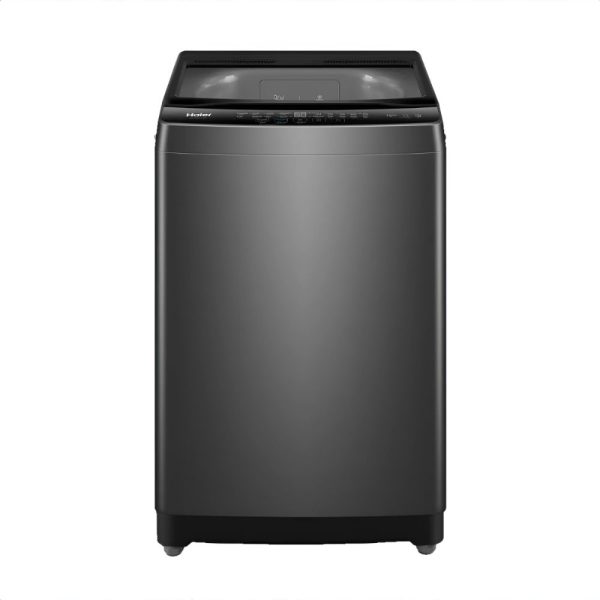
Inspecting the Water Inlet Valve
The Role of the Water Inlet Valve
The water inlet valve is a crucial component of a washing machine, responsible for controlling the flow of water into the drum. When a washing machine is activated, the valve opens to allow water to fill the drum according to the selected settings. If the valve malfunctions or is defective, the washing machine may not fill with water at all.
To determine if the water inlet valve is the root of the problem, inspect it for visible damage, such as cracks or wear. If the valve looks fine, you may need to test its functionality. This typically involves using a multimeter to check for continuity. If the valve shows no continuity, it will need to be replaced to restore proper function.
Cleaning the Valve Filter
Many water inlet valves have filters designed to catch debris that could potentially clog the valve. Over time, these filters can become blocked, preventing water from flowing into the washing machine. If you suspect that this may be an issue, turn off the water supply and disconnect the hoses from the valve.
Carefully remove the filter and clean it using a soft brush or cloth, rinsing it under running water to remove any buildup. After cleaning the filter, reassemble everything and test to see if the washing machine fills with water. Keeping the inlet valve and its filters clean can greatly enhance the performance of your washing machine.
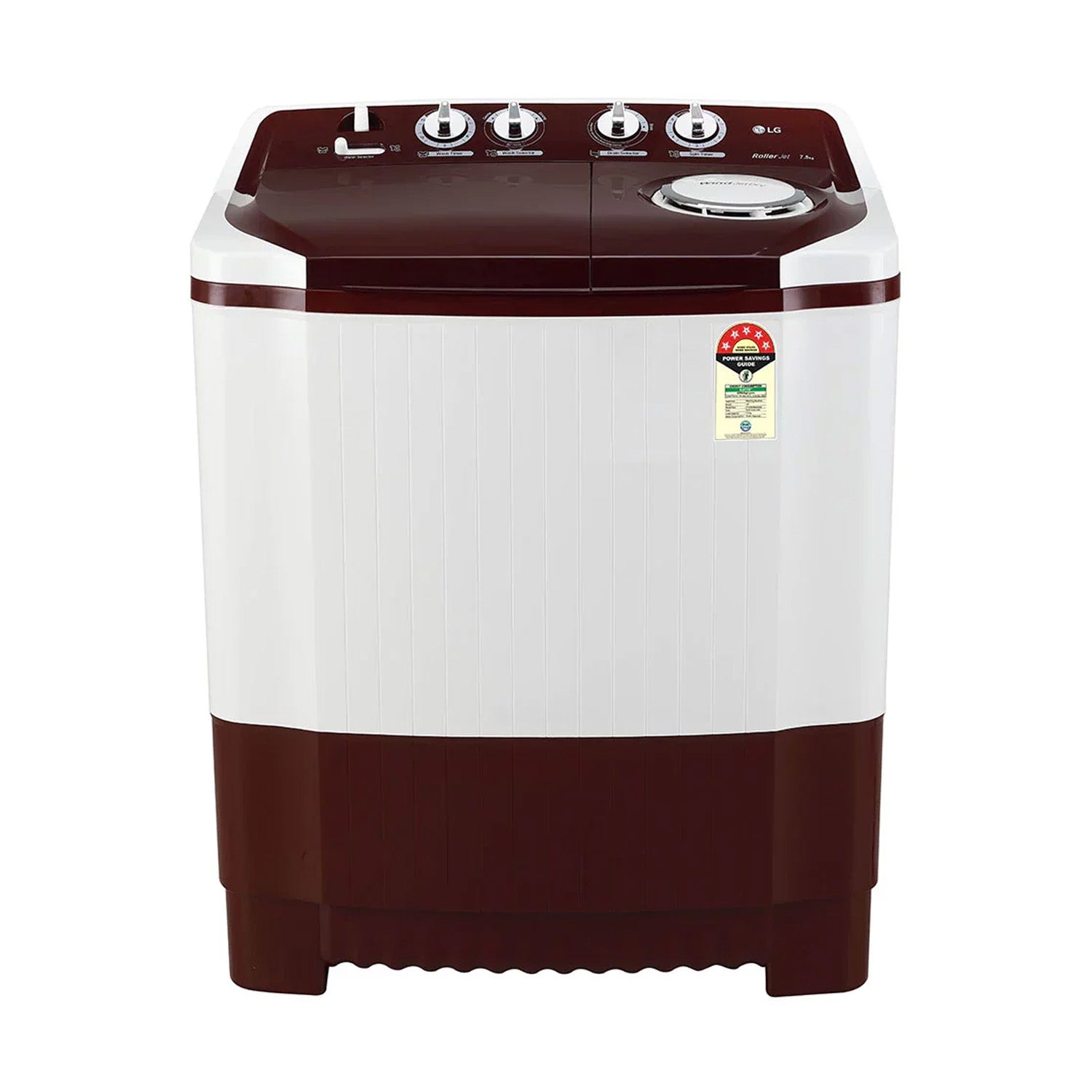
Examining the Lid Switch
The Lid Switch Functionality
Most washing machines are equipped with a lid switch that prevents the machine from filling or operating when the lid is open. This safety feature ensures that the washing process does not proceed unattended. If the lid switch malfunctions, it can mistakenly prevent the washing machine from filling with water, even when you have securely closed the lid.
To inspect the lid switch, open and close the lid a few times while listening for a clicking sound. If you do not hear the click, the lid switch may be broken. In many cases, the switch is located in the lid hinge area, so you may need to check that position for any visible damage or disconnection.
Testing the Lid Switch
If you suspect the lid switch is the issue, testing it with a multimeter can confirm its function. Disconnect power from the washing machine, then access the switch’s wiring. By measuring resistance across the switch’s terminals, you can determine if it is functioning properly. If the multimeter does not register continuity when the lid is closed, replacing the switch is necessary.
Regularly inspecting the lid switch can help prevent unexpected problems while washing clothes. By ensuring that this crucial component is functioning correctly, you can maintain the efficiency and reliability of your appliance.
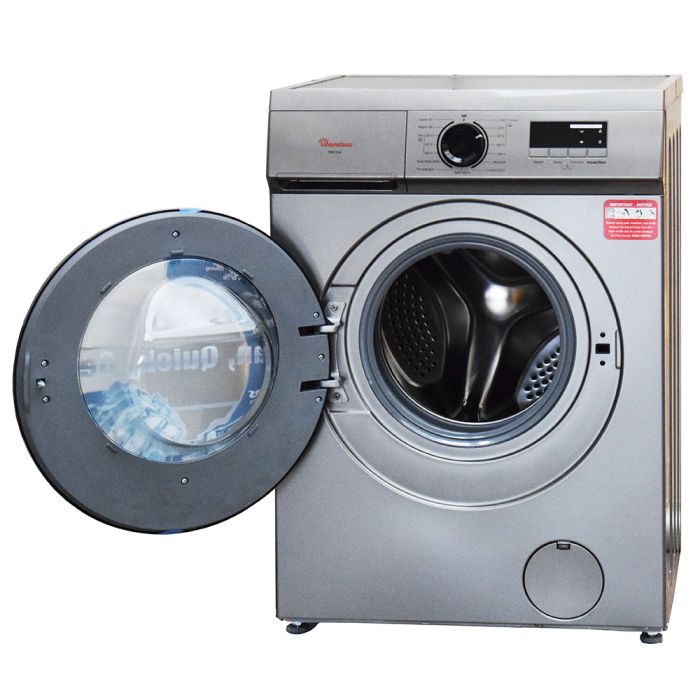
Rubber Hoses and Clogs
Checking the Drain Hose
Another area to inspect when your washing machine not filling with water is the drain hose. While it may seem counterintuitive, a clogged drain hose can create pressure issues that prevent water from flowing into the drum. If water cannot drain properly, it may cause the machine to think it is already full, thus stopping the fill cycle.
Inspect the drain hose for any obstructions, kinks, or bends that may impede water flow. If you detect any blockages, carefully clear them out. The drain hose should also be at an appropriate height, as positioning it too low or too close to the ground can create siphoning issues that further complicate the filling process.
Hoses Inside the Machine
Additionally, examine the interior hoses connected to the water inlet valve. Over time, these hoses can develop mineral buildup, leading to clogs. To check these hoses, you may need to open up certain panels on your machine for access. Use a flashlight to inspect the hoses for any obstructions and clean them if necessary.
Addressing clogs in the drainage system can significantly improve the performance of your washing machine. Ensuring that all hoses are clear and free from blockages promotes proper water flow and overall functionality.
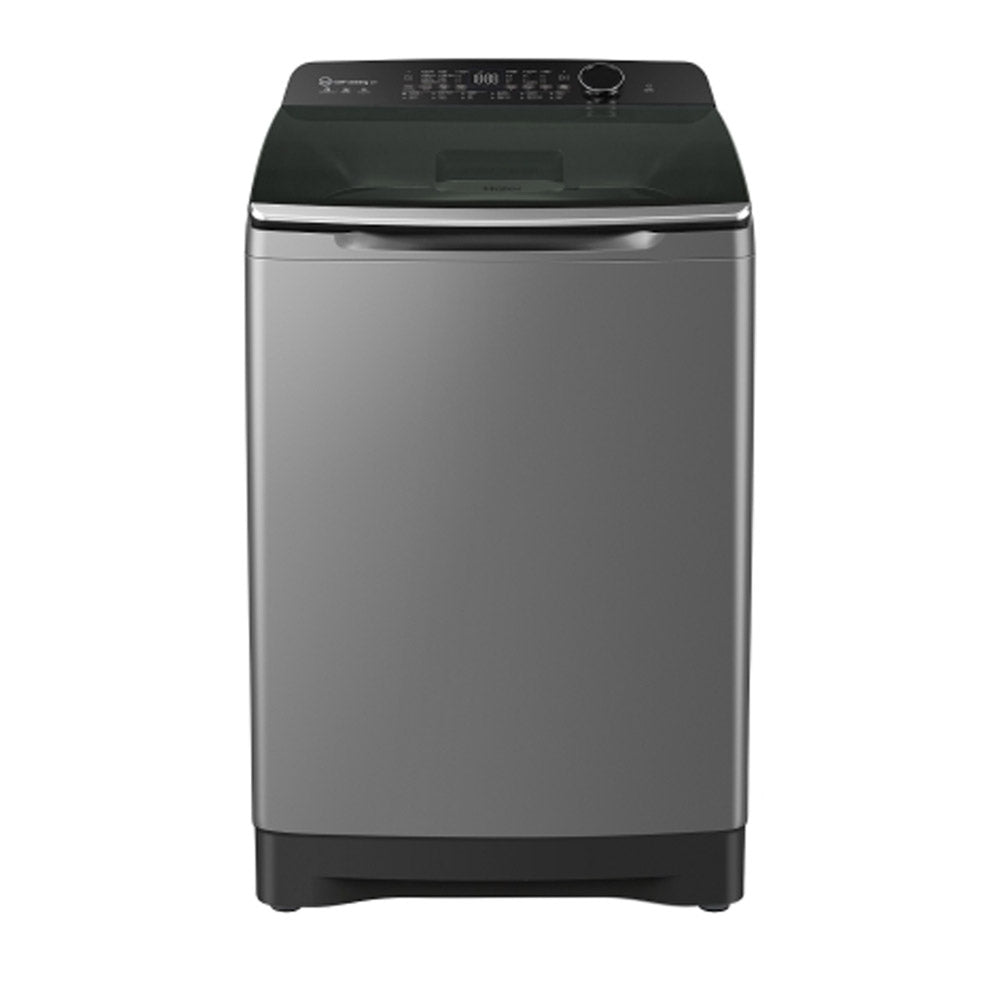
Age and Wear of Components
Understanding Wear and Tear
As with any appliance, parts of a washing machine will wear out over time. Components like water inlet valves, lid switches, and hoses can become less effective as they age. It is important to be aware of the lifespan of these parts and to perform regular checks to prevent sudden failures.
Older machines may be more prone to these issues. If your washing machine is several years old and you have not consistently maintained it, you should consider investing in a professional inspection. Technicians can help identify aging components that may need replacement or repair.
Upgrading Older Models
If you find that your washing machine frequently experiences filling issues, it may be worth considering an upgrade. Newer models are equipped with advanced features that improve efficiency and reduce common problems. Investing in a reliable, modern washing machine can save you time and money in maintenance costs.
Researching brands and models can help you find an appliance that suits your specific needs. Many newer models also come with smart technology that provides troubleshooting options, making it easier to identify and address problems as they arise.
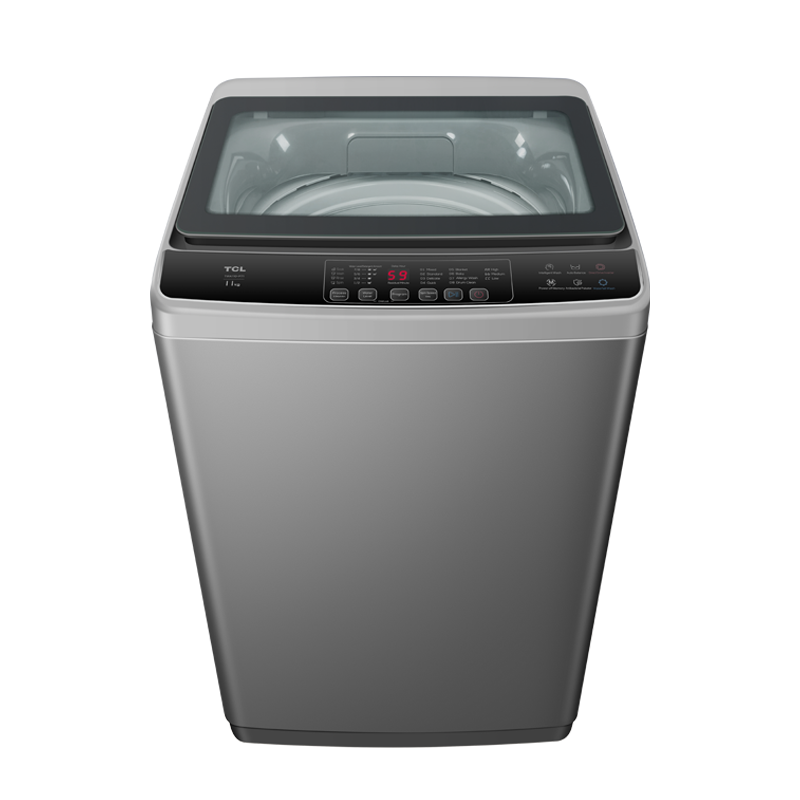
Professional Assistance
When to Call a Technician
While many issues with washing machines can be resolved through DIY efforts, there are times when professional help is necessary. If you have followed the steps outlined above and your washing machine is still not filling with water, it may indicate a more complex issue. Components such as control boards or motor functions may require an expert’s attention.
A qualified technician will have the knowledge and tools needed to diagnose and repair the problem effectively. This is especially important if your washing machine is still under warranty, as tampering with internal components could void the warranty.
Benefits of Professional Repair
Investing in a professional repair can provide peace of mind. Experienced technicians can quickly and efficiently troubleshoot problems, minimizing downtime for your laundry needs. They also have access to genuine replacement parts, ensuring that your machine remains reliable after repairs.
In many cases, hiring a professional can save you time and potentially money in the long run. Attempting to resolve complex issues without proper training can lead to further damage, resulting in more costly repairs or replacements.
Conclusion: Keep Your Washing Machine in Top Shape
In conclusion, a washing machine not filling with water can be a common issue, but it is often solvable with the right approach. By checking the basics, inspecting key components, and following a consistent maintenance routine, you can restore functionality to your washing machine.
You can take many steps to prevent and resolve filling issues, such as ensuring that the lid switch works correctly and addressing potential clogs in hoses. Regular care and attention will help extend the life of your appliance and keep your laundry routine running smoothly.
As you explore the different aspects of maintenance, remember that knowledge is power. Understanding the workings of your washing machine empowers you to tackle issues confidently and effectively. With the right tools and information, you can avoid the frustration of unexpected laundry disruptions. Happy washing!

